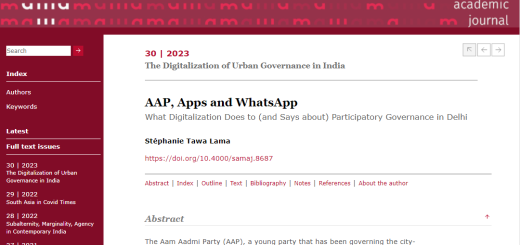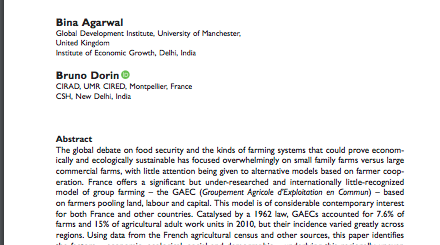In-Kind Food Transfers – Impact on Poverty
This paper, in two parts, reports an evaluation of existing in-kind food transfers. Part I outlines the dimensions involved, in terms of reach, transfer content and physical leakages, and deals with the impact of these transfers on poverty as officially measured. Part II reports the impact of these transfers on calorie intakes and also discusses some issues regarding the financial cost of these transfers. Contrary to the view that food self-sufficiency and income growth have reduced the need for direct food interventions, the paper reports a significant increase in contribution of in-kind transfers to both poverty reduction and nutrition. Moreover, much of this increased impact is attributable to improved public distribution system efficiency.
The first part, presented here, was motivated by some issues that arose in the context of the Tendulkar method of estimating poverty as regards its treatment of food prices. This method treats food prices differently from the earlier Lakdawala method and is sensitive to treatment of in-kind food transfers. The paper suggests a decomposition method that modifies the Tendulkar
poverty lines and distinguishes between household out-of-pocket expenditures and transfers received from the PDS and mid-day meals. The poverty reducing impact of these food transfers is found to have increased over time and is more pronounced in the case of distribution-sensitive measures of poverty.
- By:
- In :CSH
- Year :2013









